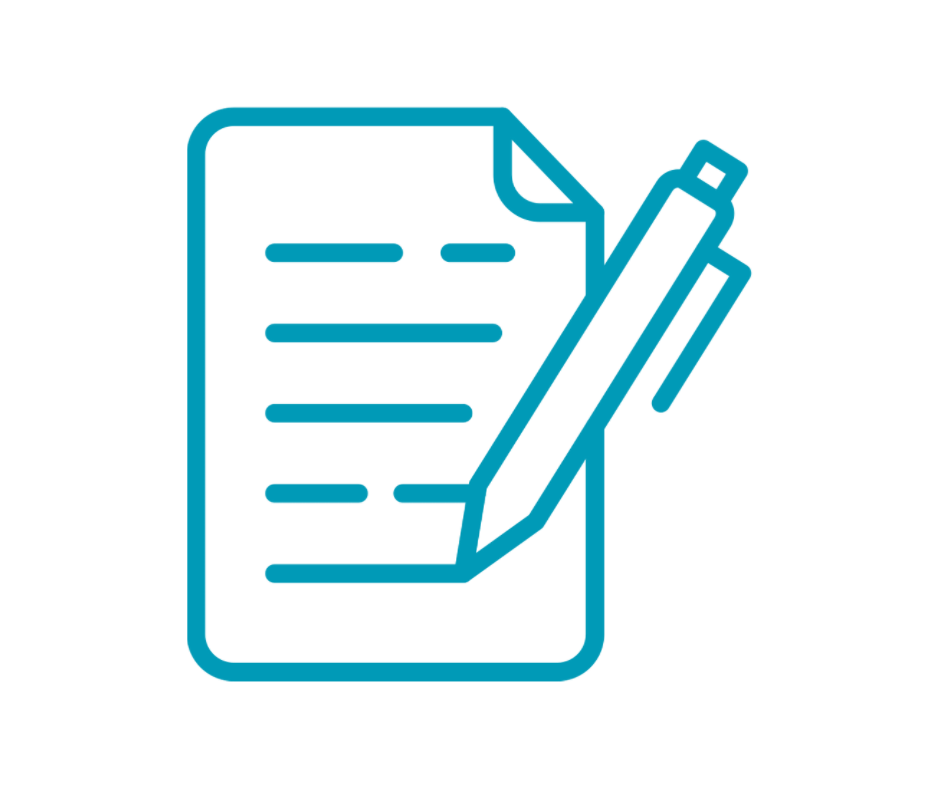STRATEGY FOCUS
QUICK WRITE
PURPOSE
A Quick Write is any short writing prompt that gets students thinking about a topic or theme. The quick write allows students time to think, helps them organize
their understandings, and provides a baseline of knowledge to that point in a lesson/unit of study. The power of the quick write is how the teacher weaves it
into instruction as a tool to start dialogue, monitor understanding, and to make connections.

PROCESS
- Identify a purpose for the writing. This may be an overarching goal of writing daily in a class to allow students to see themselves as writers, and to routinely engage the brain in thinking about subject matter through multiple modalities (i.e. writing, speaking/ listening). Depending on where the activity is inserted in a lesson, the prompt could be used to activate prior knowledge, synthesize learning from the day, or to help students organize their thinking midway through a lesson.
- Provide a prompt that gives students something to write about and allow a sufficient amount of thinking/writing time, between 3-6 minutes. Use a timer and give one reminder before students should finish writing.
- Provide a follow-up activity for students to do something with their writing, such as a targeted share with a peer prior to sharing whole group. Expect students to read their writing as opposed to paraphrasing their thinking. This practice may
take time to develop, but the expectations that they can write efficiently and communicate effectively will help students become better writers. - Identify expectations for vocabulary usage during Quick Writes, making sure vocabulary terms and definitions are accessible during the writing process. Having them easily accessible allows students more time to process and record their thinking, rather than focusing their thinking on word finding.
PROBING QUESTIONS
CONSIDERATIONS
- What was something you learned from sharing with your partner?
- How did writing about _____ change what you shared with your peers?
- Where might you use more/better content vocabulary to clarify your writing and make it more efficient?
- Show students samples of effective Quick Writes. If you, as the teacher, write a sample yourself, it helps you understand the prompt better and potentially provides you clarity.
- Scaffold a Quick Write opportunity by providing students with sentence starters to help them get started.
- Have students share their writing with peers. The peer-to-peer dialogue is an additional opportunity to clarify their thinking, expand what they already know, and practice an answer before sharing publicly with the whole class.
- Have students share something their partner said rather than sharing their own thinking. This helps support active listening and fosters greater accountability to the writing process itself.
CONTENT APPLICATIONS

ENGLISH
LANGUAGE ARTS
Students choose a character from a story they read in class and analyze how that character is developed. When students are ready, have them use the Pair-Share strategy with their partner.

ARTS & HUMANITIES
Students reflect on a different work of art each week. As the semester or rotation progresses, students revisit some of the works to see how their responses have changed over time.
![]()
CAREER & TECHNICAL EDUCATION
Students reflect on how well they have exhibited collaboration characteristics in their work with their small group and 3 things they can do to improve their effectiveness.
![]()
SCIENCE
Show students a video of Lake Maracaibo at night and ask them to think about why the lake gets so many lightning strikes.
